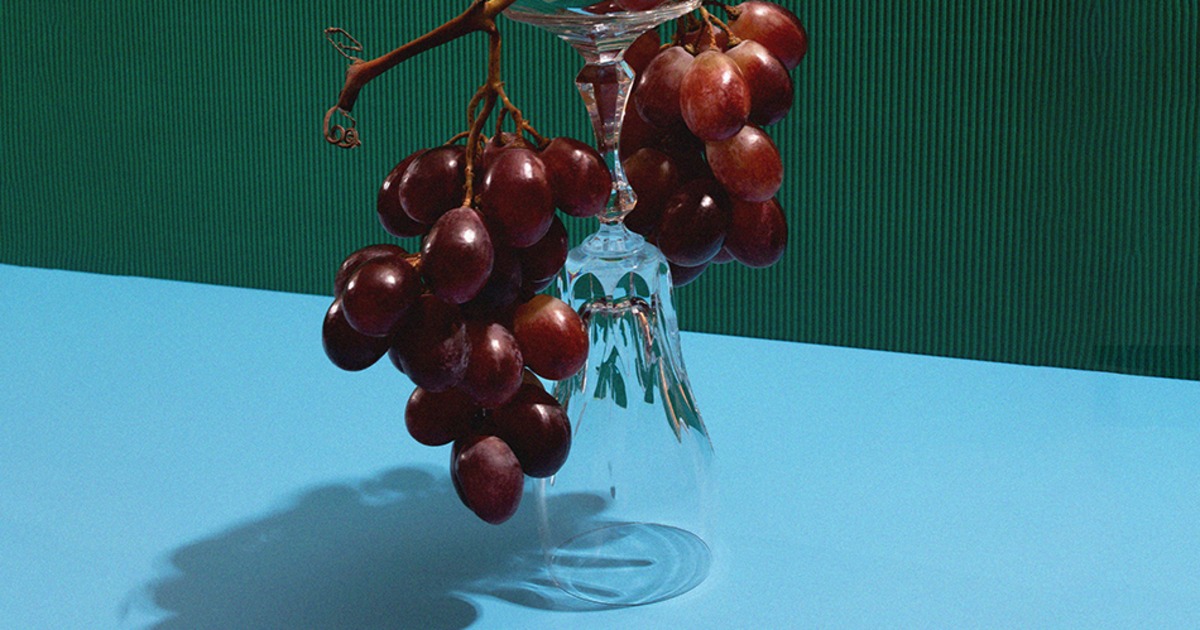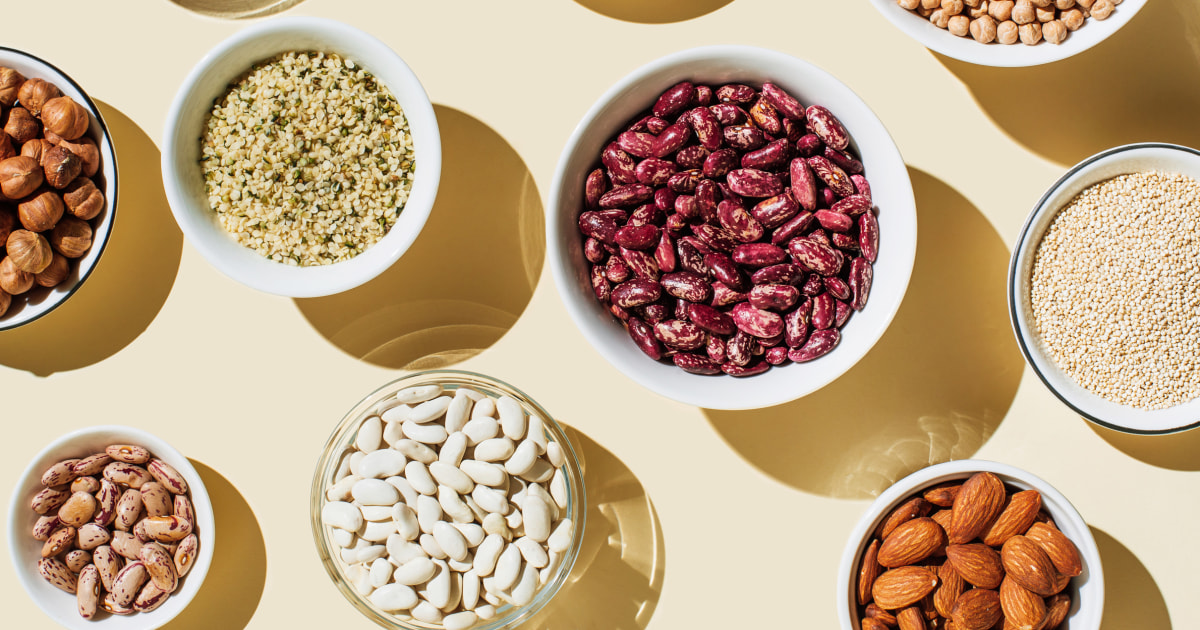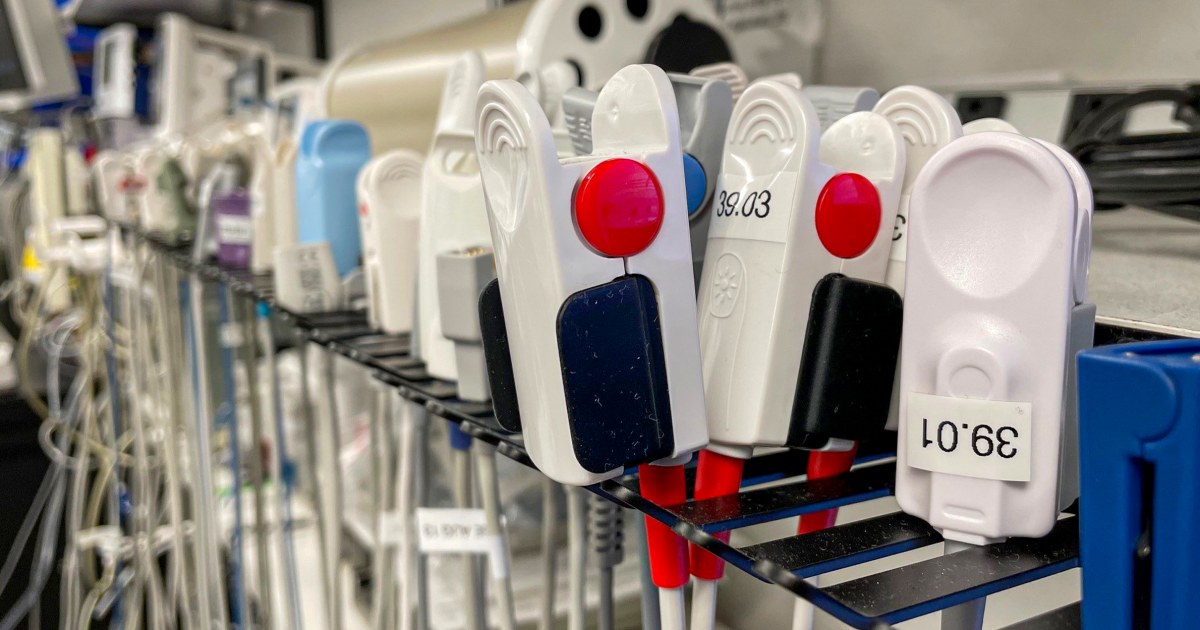The losses keep stacking up for the U.S. wine industry.
Wine sales in the U.S. last year tumbled approximately 6% from 2023, according to data from the industry data group SipSource. The drop is the latest in a long-term decline in wine demand in restaurants, bars and stores that some are calling an “existential threat” to the industry.
Wine isn’t the only alcoholic drink that’s fallen on hard times; data from NIQ shows sales for beer, cider and spirits have also decreased. But wine’s fall is steeper, and the whole industry is aware of the shift.
“Wines have been surging, surging, surging all these years, but the last few years they have dropped off,” said Larry Duke, who has owned and operated Schumer’s Wine and Liquor in Manhattan since 1978.
The wine industry got a boost in 2020 when Covid-fueled lockdowns and stay-at-home orders juiced demand. But that spike has proved to be fleeting.
Wine industry scholar Mike Veseth, author of several books and The Wine Economist newsletter, pointed to generational trends to explain the drop in wine consumption.
“The baby boom generation embraced wine,” Veseth said. “We imagined that the generations that followed would keep doing that, but they haven’t.”
A 2023 Gallup poll backed up that theory, showing that younger Americans drank less than previous generations.
The drop in demand comes as a second Gallup poll, from August, shows that more than 4 in 10 Americans now think alcohol is unhealthy. The U.S. surgeon general issued a report on Jan. 3 warning that alcoholic drinks should carry cancer warning labels.
Experts say when younger consumers do indulge, they are choosing premixed, ready-to-drink options. In fact, premixed beverages are one of few areas in the alcohol industry to see growth.
Wine, which comes in a large bottle and may require a corkscrew or extra glasses, is at a disadvantage compared to the convenience of premixed drinks.
“It’s not that they dislike wine,” said Christian Miller, research director for the Wine Market Council, a research-focused nonprofit. “It’s that they are drinking a much wider variety of other things.”
Gary Decker, owner of Vinomania in Syracuse, New York, said legal marijuana has also drawn away demand for wine.
“Pot is taking a big chunk out of it because it’s just another part of the party puzzle,” Decker said. “It’s one other thing that people can do.”
Adding to the list of obstacles: nonalcoholic beers and spirits. Industry data shows a marked recent uptick in sales in the sector.
Nonalcoholic beverages are advantageous not just for those who are wary of the health risks of alcohol, but also for the businesses serving them.
“Retailers love them,” said Bump Williams, who runs an alcoholic beverage industry consulting business and has worked in the industry for at least three decades. “If a retailer sees one of their patrons that has had too much to drink, they can give them a water and they don’t make any money on that. Instead, they can give them a nonalcoholic mixed cocktail.”
Nonalcoholic wines have yet to catch up.
“De-alcoholized beer is booming, and the quality of the best de-alcoholized beer is excellent,” Veseth said. “Wine is lagging.”
“How do you replicate the taste?” asked Dale Stratton, an industry veteran who is a managing director at a consultancy that focuses on the wine business. “I just haven’t seen a solution in the wine category that effectively does that.”
Wine is one of the most expensive choices of alcohol and has been getting more expensive. Since the start of the century, the average cost per liter of wine has increased from $10 to $14.
“People’s budgets are just really tight these days,” Veseth said. “So wine is feeling the crunch.”
These factors signal hard times for the wine industry, though experts are split on how bad the trouble will be.
“This is not business as usual,” Veseth said. “It’s an existential problem. Although the industry will continue, there are big adjustments needed for that to happen.”
“Wine has been here forever,” Stratton said. “The wine category is going to continue to be here. And while there’s some challenges that we’re facing right now, the wine category has been here forever and will continue to be.”
While the industry may be slow to adjust to these challenges, winemakers aren’t ready to give in.
“Is it really time to retire an 8,000-year-old human beverage?” said California winemaker Martha Stoumen, who owns Martha Stoumen Wines. “Really? Are we gonna let it go extinct? That seems like we might want to think about that as a culture.”










